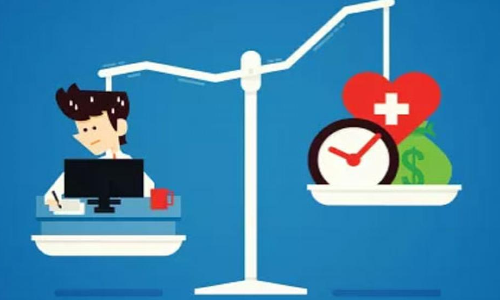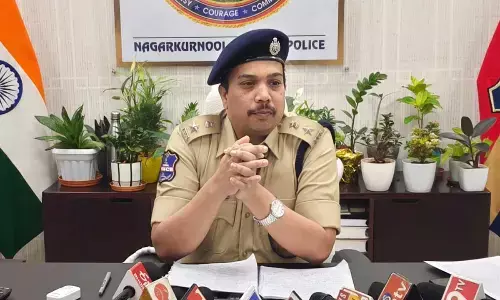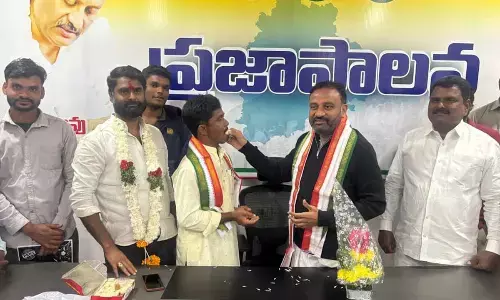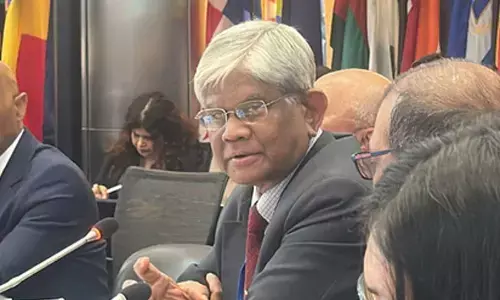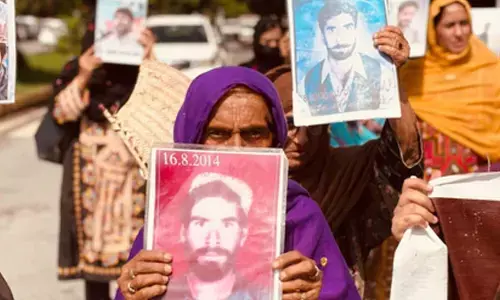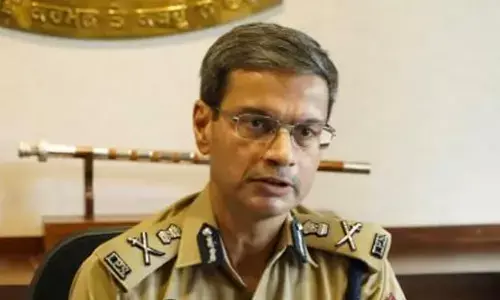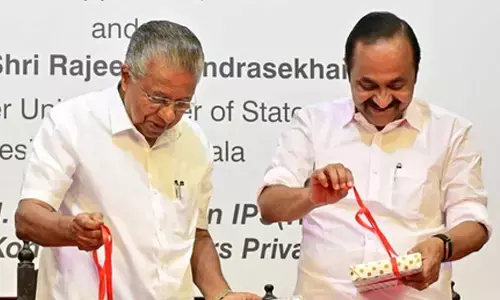"Bhu Bharati Act 2025: A Boon for Telangana Farmers or a New Digital Hurdle?"
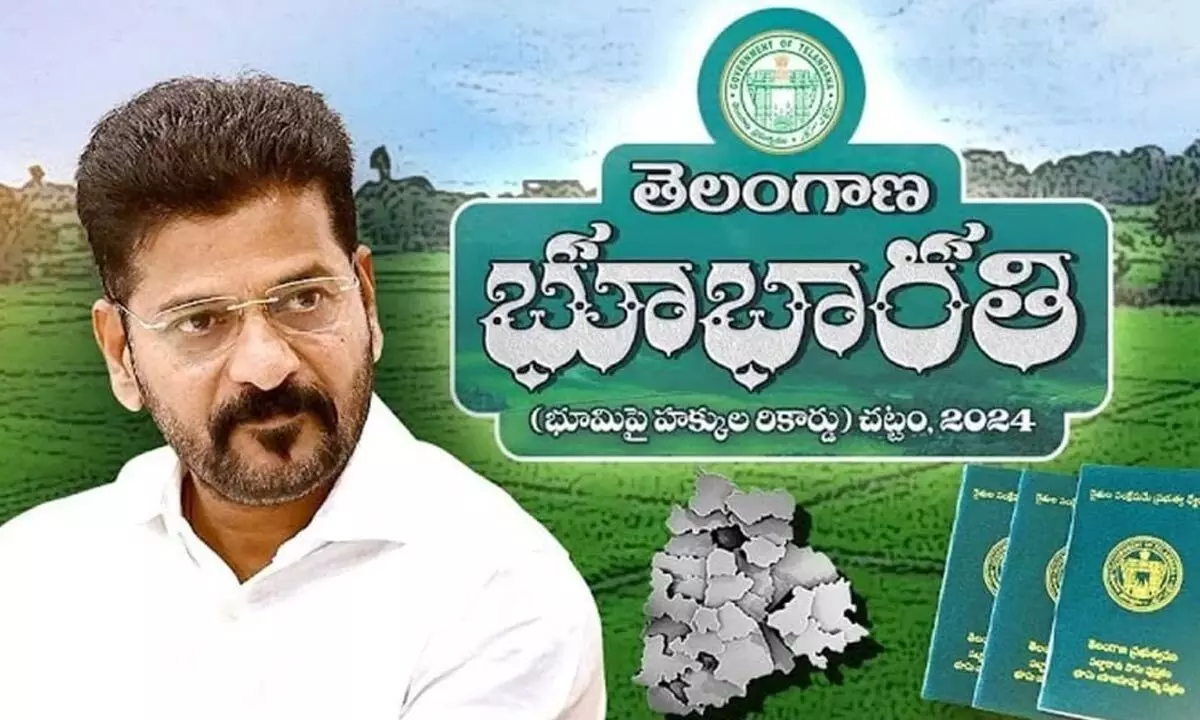
"Bhu Bharati Act 2025: A New Era for Land Records or a Digital Maze for Telangana Farmers?"
Gadwal: "Bhu Bharati Act 2025: A New Era for Land Records or a Digital Maze for Telangana Farmers?"
The Telangana government’s latest land reform, the Bhu Bharati (Record of Rights in Land) Act, 2025, has officially come into effect, marking a significant step toward digitizing and streamlining land administration. While hailed as a “revolution in land governance,” the law’s real impact on the ground—especially for farmers—paints a more complex picture.
A Digital Promise: Bhudhaar Numbers and GPS Precision
The cornerstone of the new act is the introduction of a unique Bhudhaar number for every land parcel in the state. Each Bhudhaar is geo-referenced using GPS and satellite-based mapping, providing unprecedented accuracy in boundary demarcation. Farmers, who for decades relied on hand-written pahani records and the whims of village revenue officers, can now download their Bhudhaar Card from the centralized Bhu Bharati portal.
“Earlier, we had to run from pillar to post for simple things like mutations,” said Narsimha, a farmer from Alampur mandal. “Now at least, with the Bhudhaar number, my land details are online.”
Replacing Dharani: A More Transparent System?
The Bhu Bharati portal replaces the often-criticized Dharani system, aiming to be more user-friendly and transparent. Farmers can now apply for mutations, registration, and view their Record of Rights (RoR) online. There’s also an audit trail for every action taken, making it harder for tampering to go unnoticed.
“This is a step forward in removing middlemen from the system,” said a senior official from the Revenue Department. “Everything is time-stamped and traceable.”
The Digital Divide: A Challenge for Rural Telangana
However, not everyone is celebrating. Many farmers, especially the elderly and those in remote areas, find the digital transition daunting.
“I don’t know how to use a computer or even a smartphone properly,” said Ramulamma, a 65-year-old farmer. “The portal may be good, but I still have to depend on a local agent or MeeSeva center.”
Such dependency reopens the door for middlemen—the very group the Act was designed to eliminate. Despite the digital facelift, local revenue officers and private agents still play a powerful role in guiding or misguiding farmers through the new system.
Middlemen Still Pulling Strings?
While the digital framework reduces scope for record tampering, reports from villages in Gadwal, Nagarkurnool, and Wanaparthy suggest that middlemen are adapting, offering “tech help” for online applications—often for a fee.
More worrying are allegations that low-level revenue staff still manipulate data during land verification or delay mutation processes unless “informal payments” are made.
“The system is transparent only when used properly,” said a retired tahsildar. “But if a local officer delays uploading a mutation or falsely reports a boundary issue, a farmer still suffers.”
Benefits Still Outweigh Drawbacks—For Now
Despite its teething troubles, the Bhu Bharati Act is a powerful tool for land justice. For farmers who manage to navigate the digital system, it ensures secure land titles, easier access to loans, and eligibility for government schemes like Rythu Bandhu and crop insurance.
The government is also making efforts: village-level officers are being trained, and help centers are being planned to assist farmers with digital tasks. But until these are fully functional, rural communities remain at risk of falling into new forms of exploitation—this time cloaked in technology.
What Lies Ahead?
For the Bhu Bharati Act to truly fulfill its promise, the government must bridge the digital literacy gap, implement robust grievance redressal mechanisms, and take strict action against corrupt officials who collude with middlemen.
“Land is not just property—it’s our life,” said Morugu Srrinivasulu , a farmer in Aija mandal, of Gadwal. “This law has potential. But unless we are educated about it, others will continue to take advantage of us.”
As Telangana moves forward with this ambitious reform, the success of Bhu Bharati will ultimately depend not on its tech features, but on how accessible, just, and farmer-friendly it becomes in practice.






